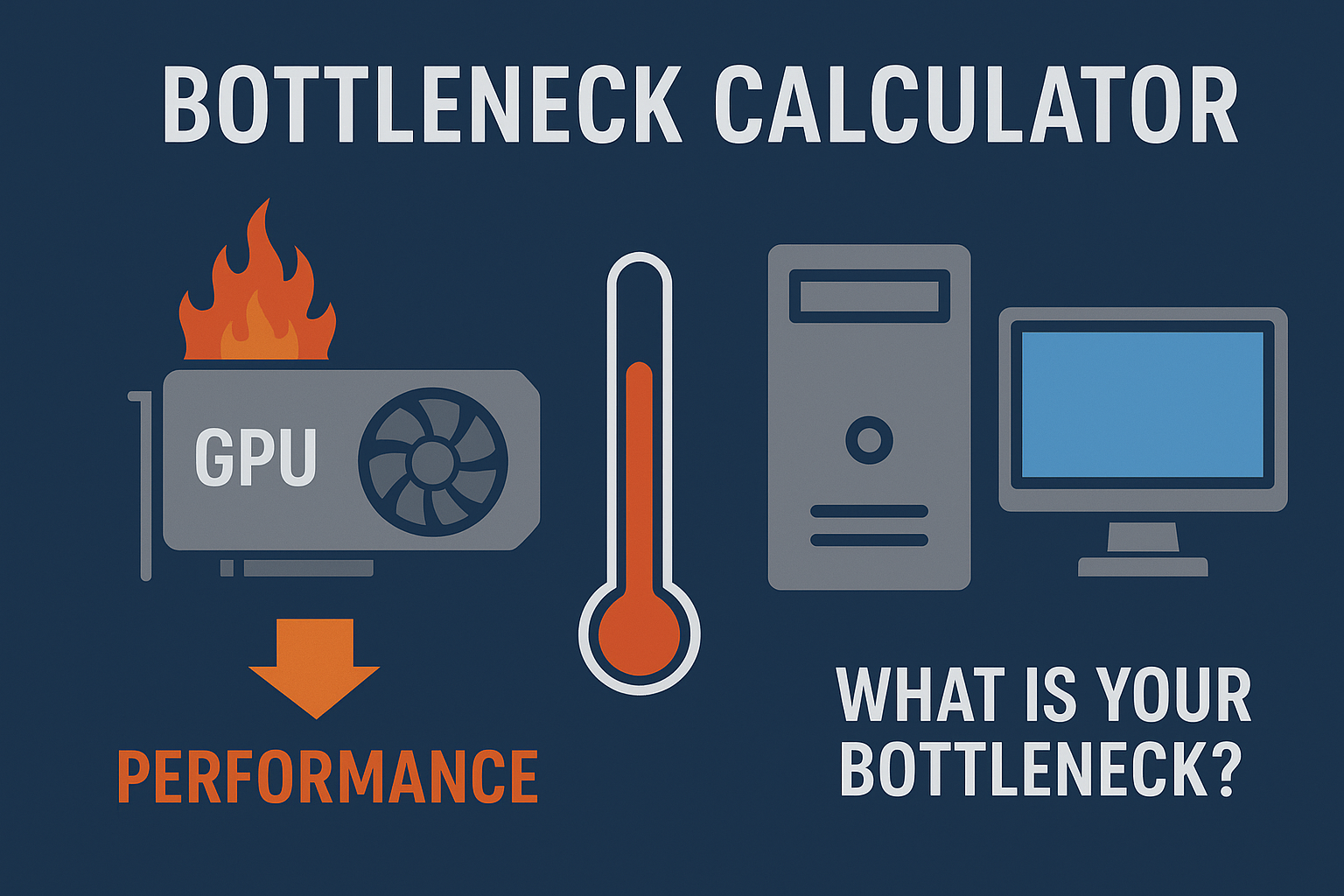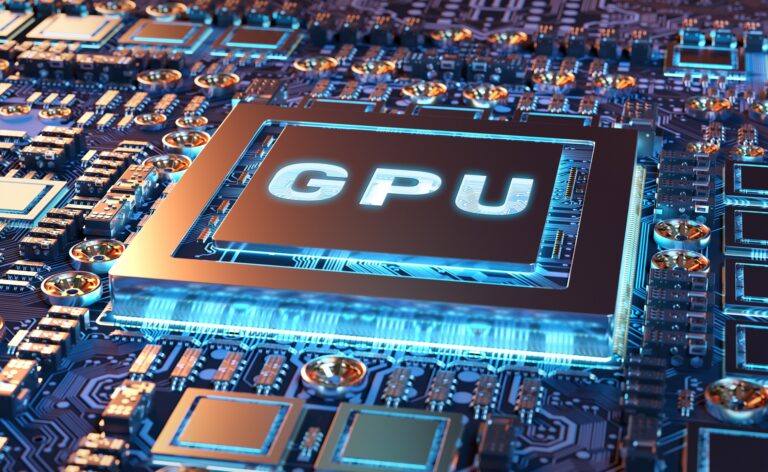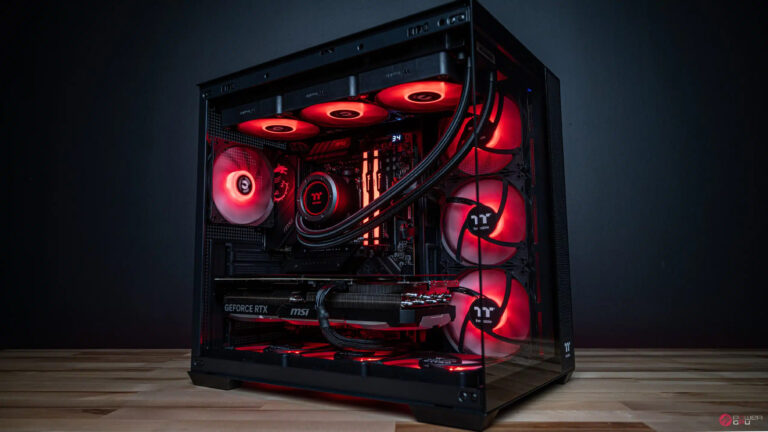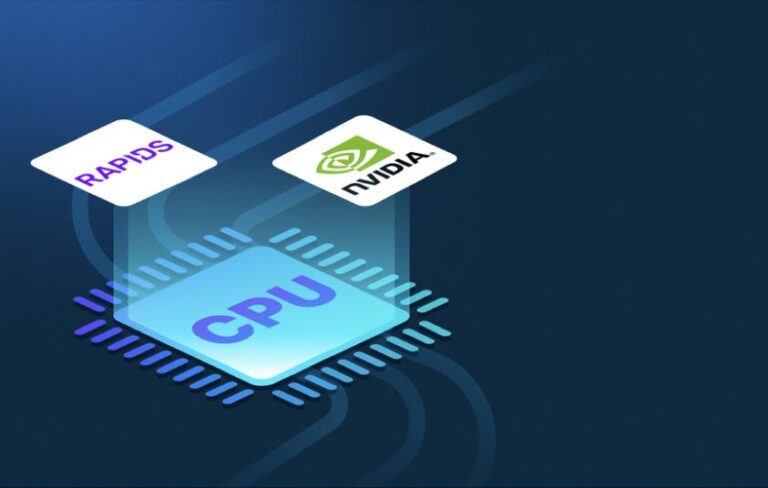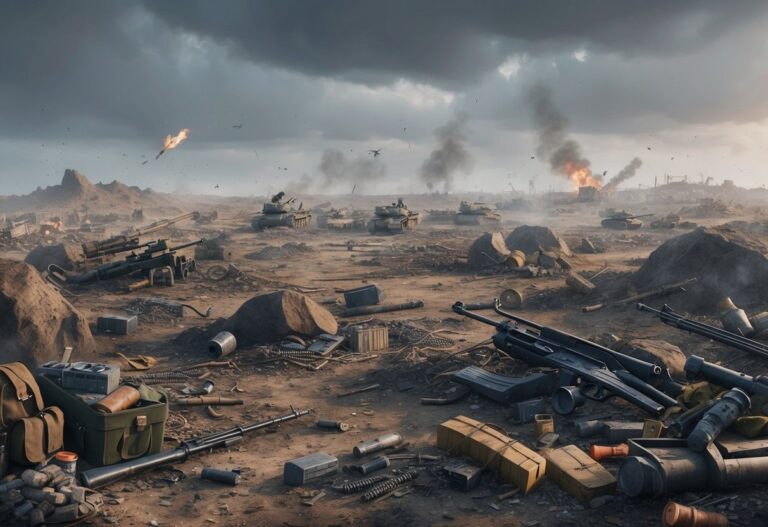Bottleneck Calculator When your PC slows down unexpectedly—whether you’re gaming or working on demanding projects—it’s often easy to blame old hardware. But sometimes, the real issue isn’t outdated parts at all. Instead, it’s something hidden: thermal throttling.
Thermal throttling is one of the most common hidden bottlenecks in modern PCs. While a Bottleneck CalculatHomeor is a great tool for spotting mismatched CPUs and GPUs, it won’t always reveal problems caused by excessive heat. That’s why understanding thermal throttling is key to unlocking your computer’s full performance.
What Is Thermal Throttling?
Every modern CPU and GPU has built-in protection mechanisms to prevent overheating. When temperatures climb too high, your processor or graphics card automatically reduces its speed—this is called thermal throttling.
It’s like a safety brake:
- The CPU/GPU senses rising temperatures.
- Once a critical limit is reached, the component lowers clock speeds.
- In some cases, voltage is also reduced to cut down heat output.
- Performance drops until the hardware cools down.
This safeguard prevents permanent hardware damage, but it creates a performance bottleneck you might not even notice until your frame rates dip or your system lags.
The Hidden Bottleneck Most Users Miss
While a Bottleneck Calculator can quickly highlight CPU and GPU mismatches, it doesn’t factor in heat-related slowdowns. That’s why thermal throttling is often considered a “hidden bottleneck.”
You might be affected if you notice:
- Sudden FPS drops during gaming
- Lag or stuttering in video editing or rendering
- Slower-than-expected processing speeds
- Constant fan noise at high RPMs
Imagine buying high-end parts only to have them held back by heat—it feels like wasted potential.
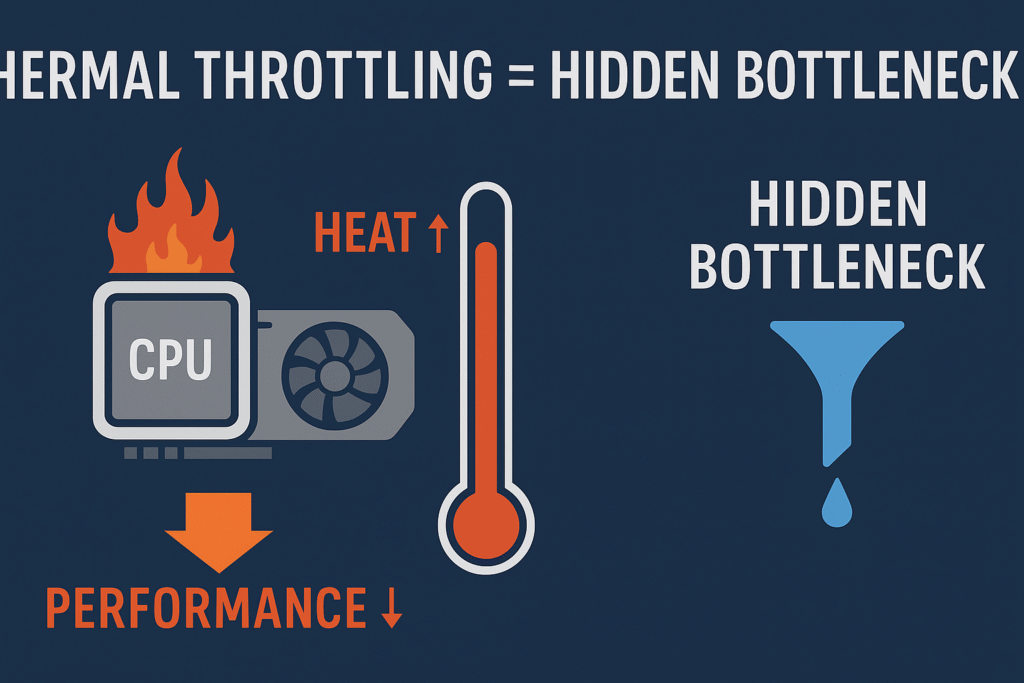
What Causes Thermal Throttling?
Several factors can trigger this hidden bottleneck:
- Poor Cooling Solutions – Stock coolers may not handle heavy workloads.
- Dust Build-Up – Dust blocks airflow, reducing cooling efficiency.
- High Room Temperature – A hot environment makes cooling harder.
- Overclocking – Pushing hardware beyond factory settings generates more heat.
- Bad Case Airflow – Poor ventilation traps heat inside your system. Bottleneck Calculator
How to Spot Thermal Throttling
You don’t need to guess—there are clear signs:
- Noticeable performance dips during intense workloads.
- Fans running at full speed constantly.
- Using tools like MSI Afterburner, HWMonitor, or Core Temp shows high temps paired with reduced clock speeds.
How to Prevent Thermal Throttling
The good news? You can reduce or even eliminate this bottleneck with the right steps:
- Upgrade Cooling: Invest in better air coolers or liquid cooling.
- Clean Regularly: Remove dust from fans, vents, and heatsinks.
- Improve Airflow: Optimize fan placement inside your case.
- Use High-Quality Thermal Paste: Ensures efficient heat transfer.
- Lower Voltage (Undervolting): Reduces power draw and heat.
- Keep the Room Cool: Avoid placing your PC in warm or poorly ventilated spaces.
- Monitor Frequently: Use software to track temperatures and performance.
Final Thoughts: Bottleneck Calculator + Heat Management
A Bottleneck Calculator is an excellent tool for checking if your CPU and GPU are well-balanced. But it won’t show the whole picture if your PC suffers from thermal throttling.
By combining hardware checks with proper cooling strategies, you’ll avoid hidden bottlenecks and keep your PC running at peak performance—whether you’re gaming, editing, or multitasking.
Remember: a cool PC is a fast PC. Keep heat under control, and your hardware will thank you with smoother performance and a longer lifespan. For Bottleneck Calculator check.

